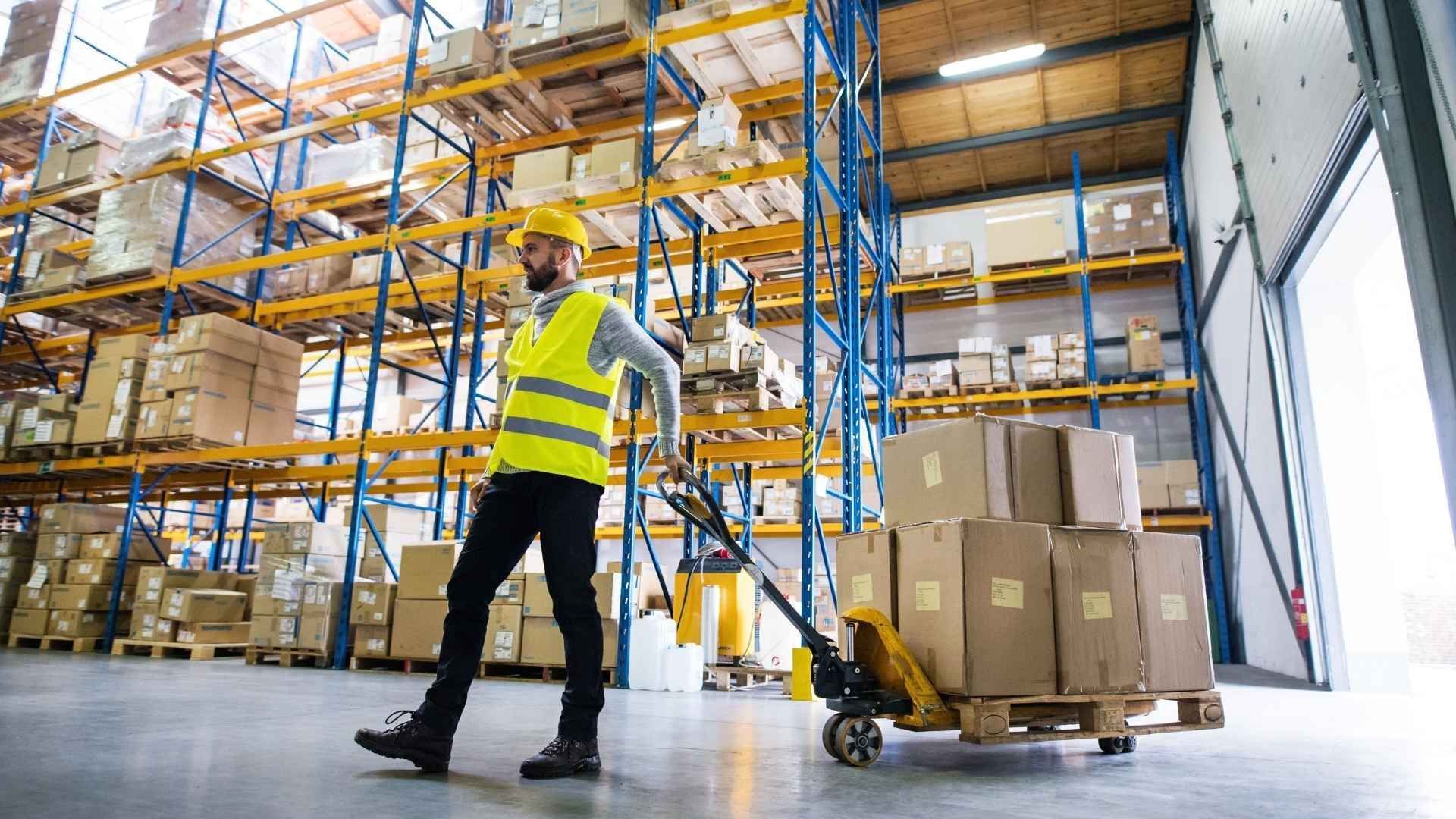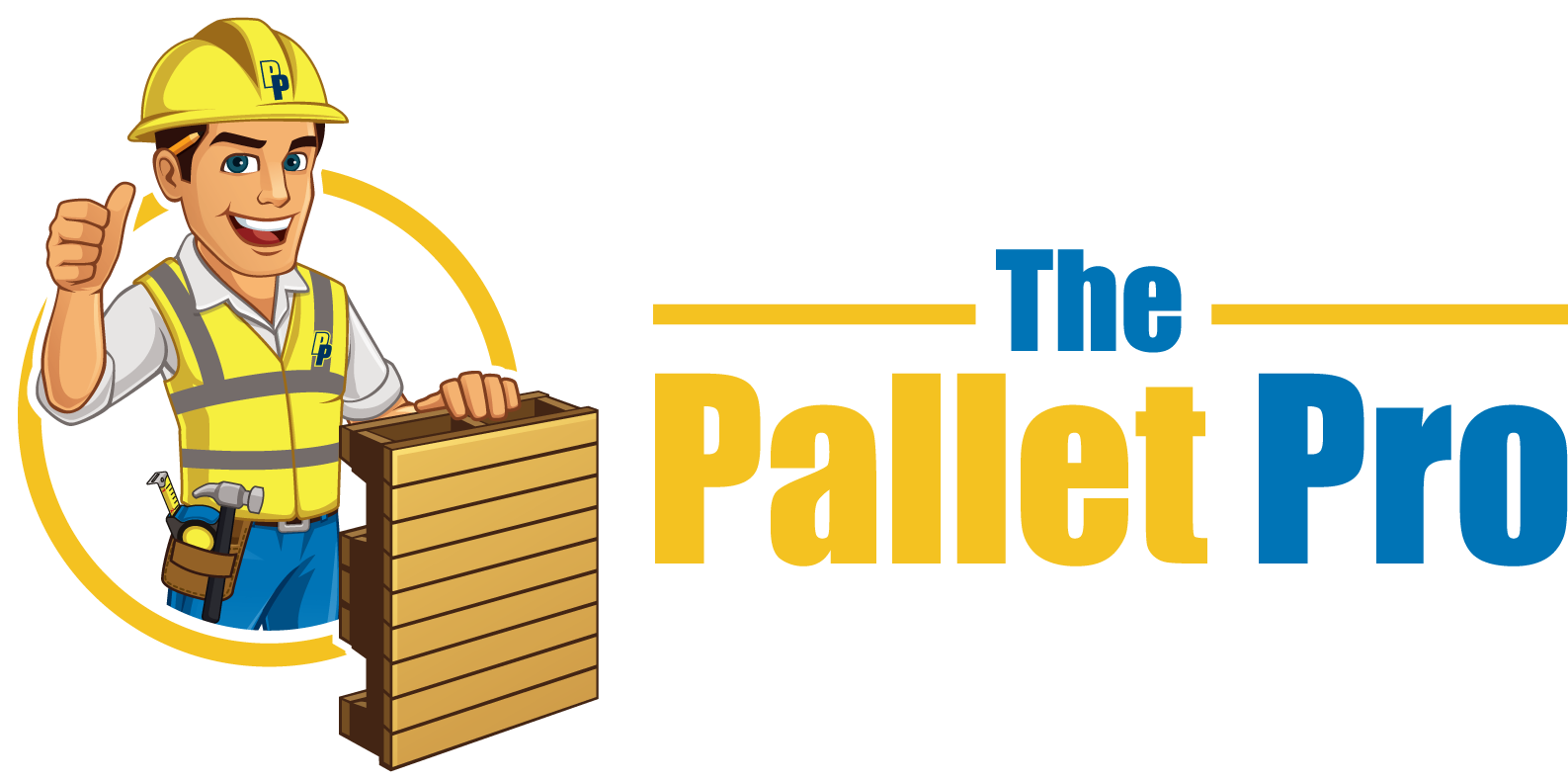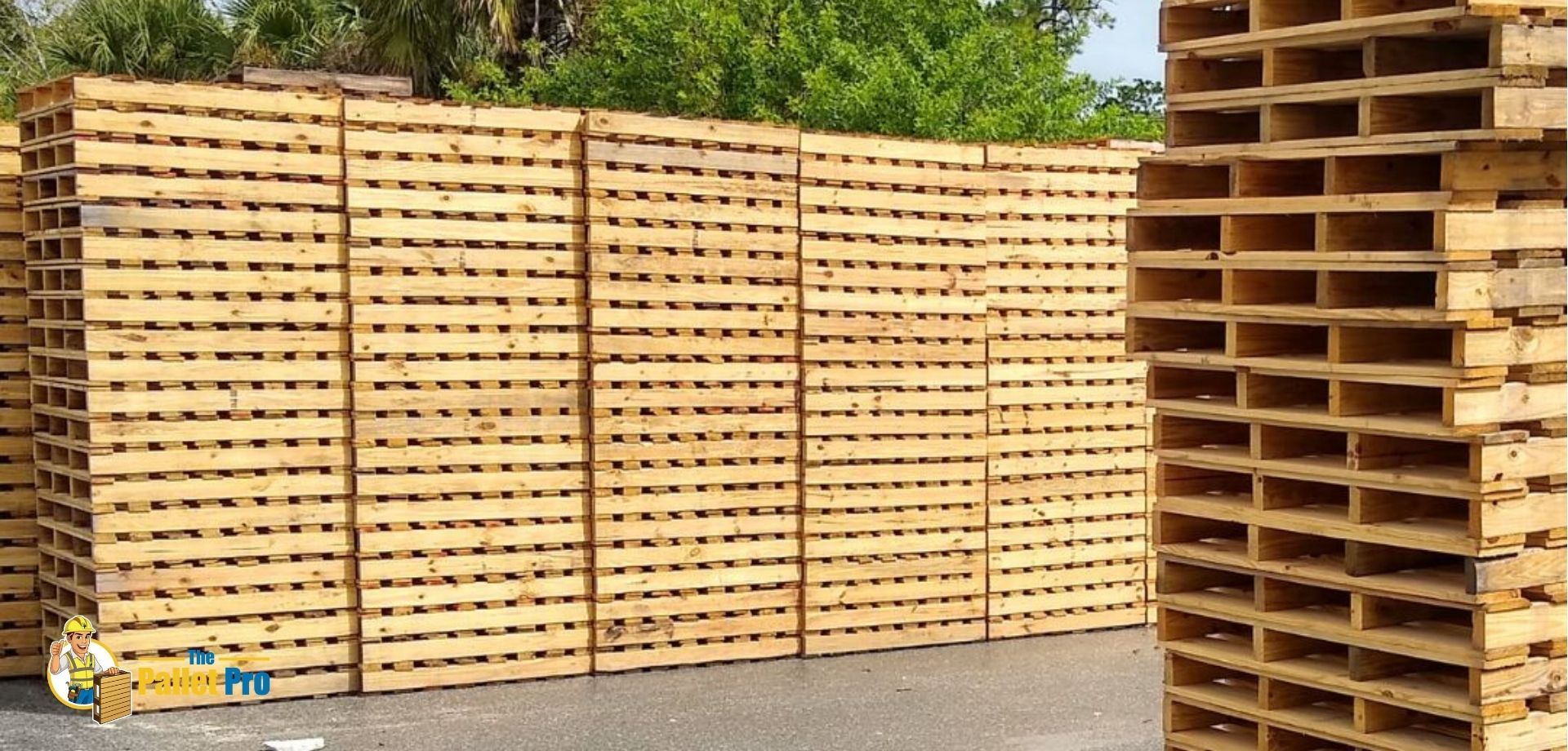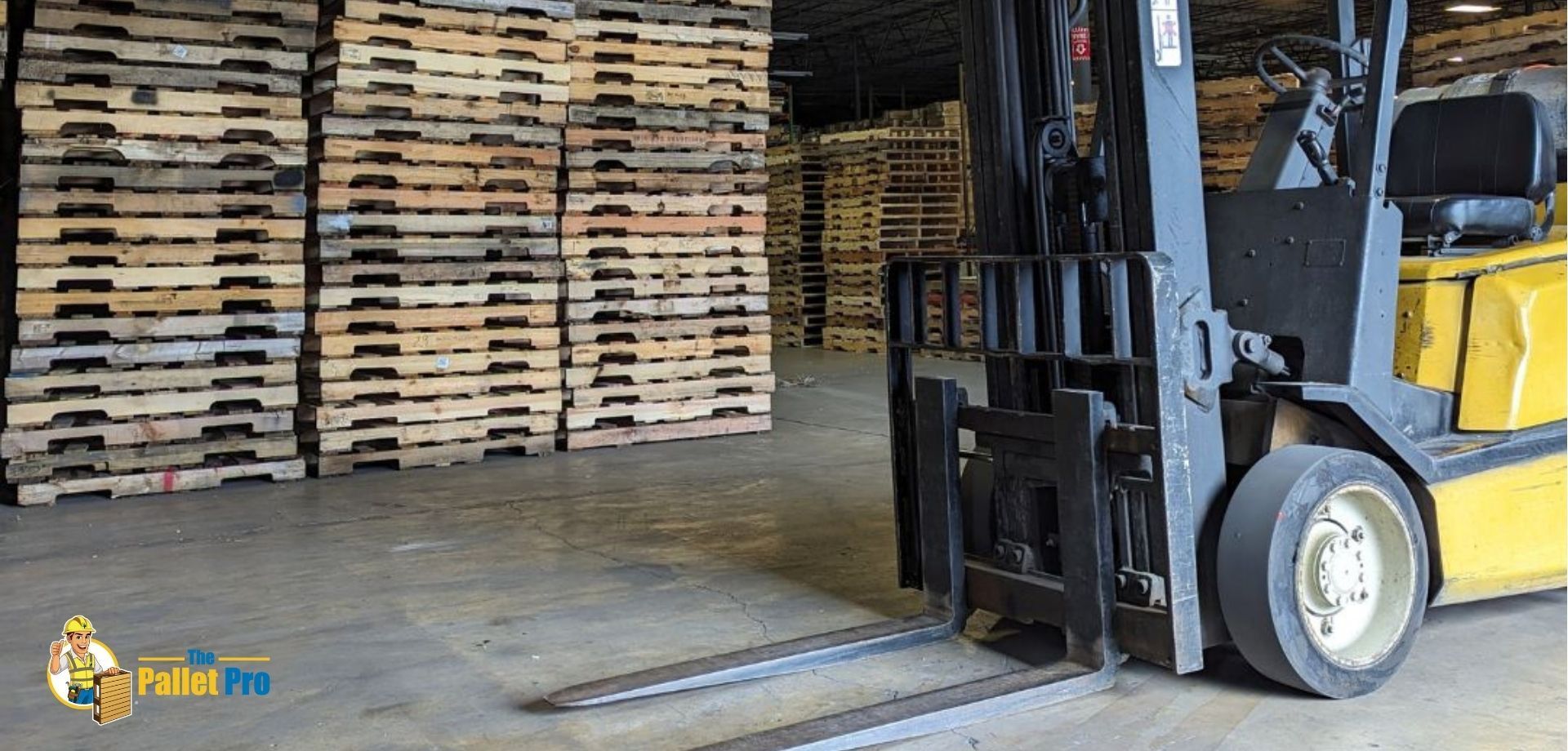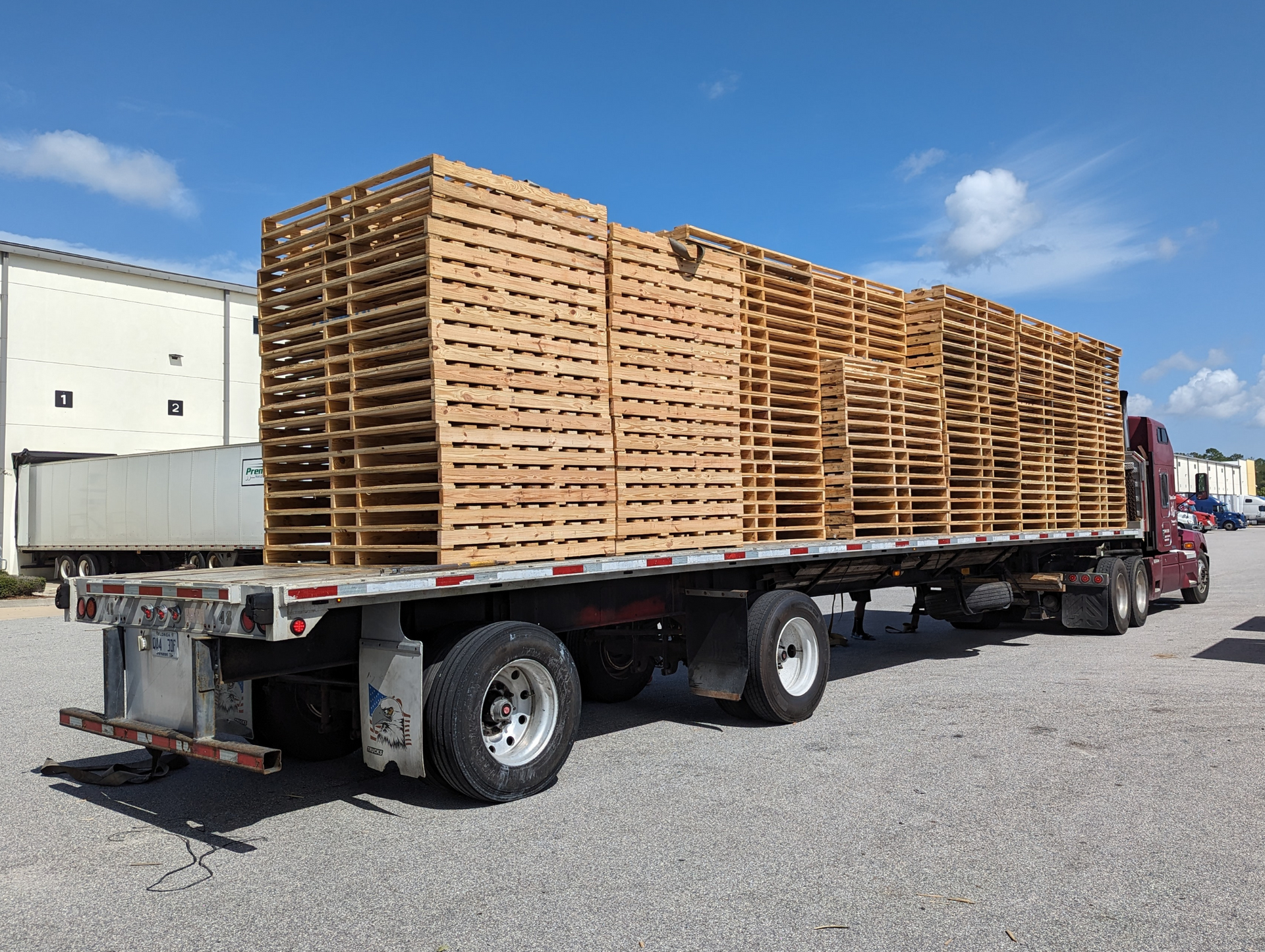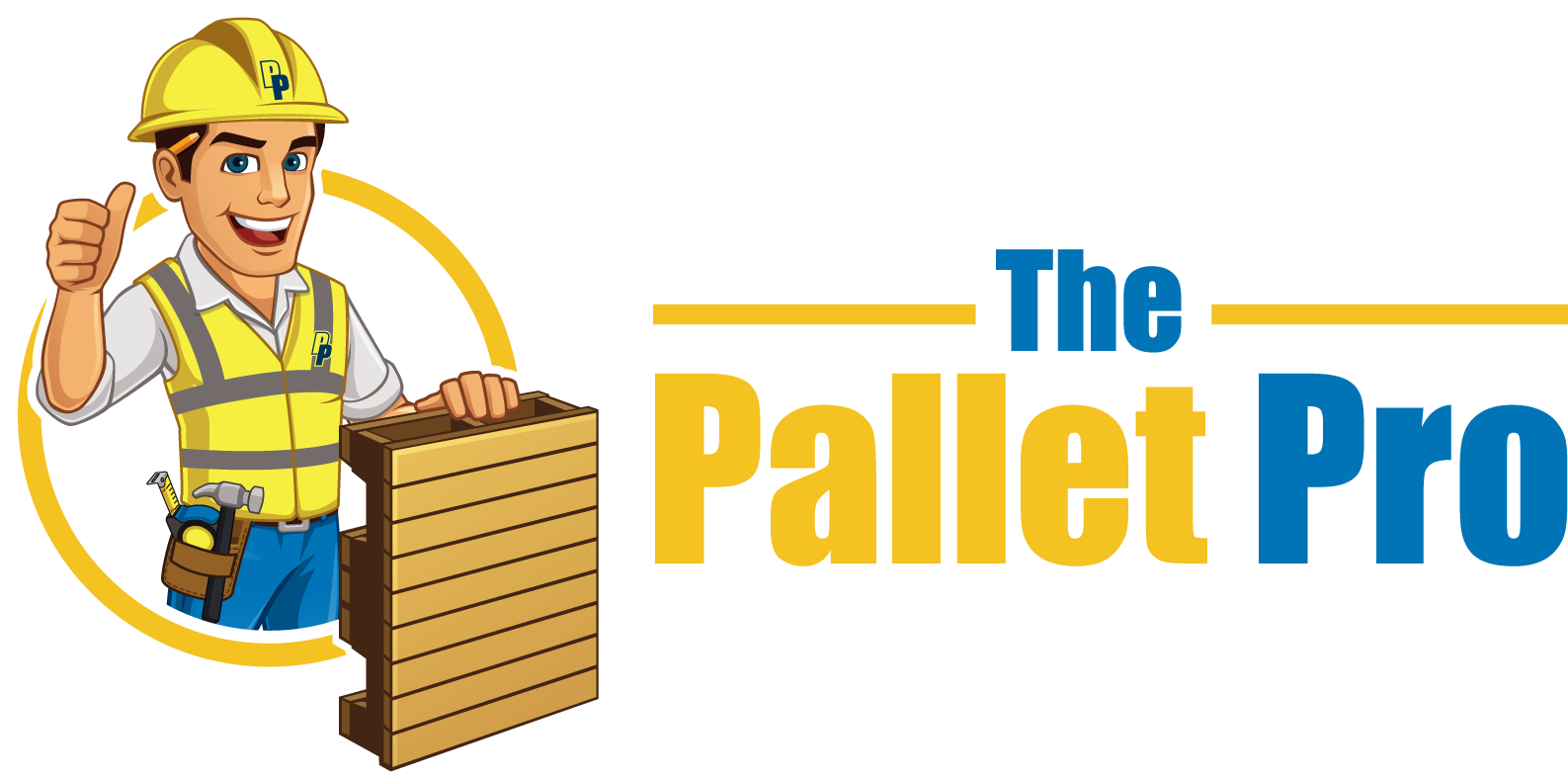Stay Ahead of Pallet Price Changes: Simple Strategies for Big Savings
Ever feel like pallet prices change faster than the Florida weather?
One day, you’re scoring a great deal, and the next, you’re paying way more than you expected. It’s frustrating - especially when you’re trying to keep your warehouse or supply chain running smoothly.
The good news? You don’t have to guess why prices are shifting or how to stay ahead of the game. After years of working with pallets in Central Florida, I’ve learned some simple strategies to help you stay ahead. Here’s what you need to know.
Why Pallet Prices Can Throw Off Your Budget
When pallet prices swing wildly, it’s more than just an inconvenience - it’s a direct hit to your bottom line. One of my Orlando clients recently told me about a surprise price hike that completely wrecked their quarterly budget. They had to scramble to make cuts elsewhere, and it wasn’t fun.
Sound familiar? You’re not alone. Managing pallet costs can be tricky, but understanding what’s behind these changes can give you a serious edge.
Why Do Pallet Prices Keep Changing ?
Here’s a quick rundown of why pallet prices go up and down:
- Raw material costs: Lumber prices, driven by demand and weather, are a big factor. Even something as small as nail costs can make a difference.
- Supply chain issues: Transportation delays, natural disasters, and material shortages can throw everything off balance.
- Seasonal demand spikes: Around the holidays, everyone needs pallets, which drives prices up. The same happens during other busy shipping times.
- Labor costs: Skilled workers are key for high-quality pallets, and rising wages affect production costs.
- Regional quirks: Here in Florida, transportation costs and hurricane season add unique challenges.
How to Keep Your Pallet Costs in Check
You can’t control the market, but you can control how you react to it. Here’s how to stay ahead:
- Track your pallet usage: Know exactly how many pallets you need, what types, and when you’ll need them. This helps you avoid those last-minute, overpriced orders.
- Build strong supplier relationships: Think of your supplier as a partner, not just a vendor. They can alert you to upcoming price changes or offer deals on bulk orders.
- Stay Informed: Keep an eye on lumber prices and industry news. Sign up for newsletters or follow market updates so you’re not caught off guard.
- Plan ahead: Buy in bulk when prices are low, or lock in rates with a long-term contract. Yes, it takes planning, but it’s worth it.
Expert Tips for Managing Pallet Costs
Some of the smartest businesses use these strategies:
- Negotiate wisely: Don’t just accept the first price. Ask about discounts for bulk orders or longer commitments. While suppliers might not always have room to adjust pricing, they’ll often appreciate the opportunity to explore options for a win-win deal.
- Consider reusable pallets: Reusable pallets cost more upfront, but they’ll save you in the long run - just make sure you have a good system to keep track of them.
- Diversify your suppliers: Having multiple suppliers gives you options when prices spike or supply is tight. Just don’t burn bridges with your main supplier.
- Use tech to your advantage: A simple spreadsheet or inventory software can help you track costs and spot trends before they become problems.
Real-Life Wins from Better Pallet Planning
Here’s what happens when you take a proactive approach:
- One Orlando warehouse manager I know switched from panic-buying pallets to scheduling regular deliveries. Not only did they save money, but their operations run much smoother.
- Another client started tracking their usage patterns and worked with us to create a custom delivery plan. They eliminated emergency orders and saved thousands.
These aren’t one-off success stories. Businesses that plan ahead consistently see better results.
Take Control of Your Pallet Costs
You can manage pallet costs without the headaches. Start with these steps:
- Look at your current usage and spending.
- Talk to your supplier about bulk or long-term options.
- Keep an eye on market trends.
- Build relationships with multiple suppliers for flexibility.
At
The Pallet Pro
, we’re here to help you navigate the ups and downs of the pallet market. Let’s work together to create a plan that keeps your operation running smoothly - and your budget happy. Get in touch today!
FAQs: Your Top Pallet Pricing Questions Answered
1. Why do pallet prices change so much?
Prices go up and down due to factors like rising lumber costs, seasonal demand, or supply chain disruptions. By staying informed about these trends, you can plan purchases better and avoid overpaying.
2. How can I save money on pallets?
Track your usage, buy in bulk when prices are low, and negotiate discounts with your supplier. Strong supplier relationships can also help you lock in better deals over time.
3. Is it better to buy reusable pallets?
It depends on your warehouse needs. Reusable pallets can save money over time if your operations allow for tracking and maintaining them, as they reduce the need for frequent replacements. However, if your workflow involves higher risks of damage or limited tracking capabilities, single-use or lower-cost options may be more practical.
4. What should I do if pallet prices suddenly spike?
Don’t panic. Check with your supplier to see if the increase is temporary or long-term. If possible, delay non-essential purchases or explore alternatives like reusables or secondary suppliers.
5. How do I prepare for busy seasons when pallet prices go up?
Plan ahead by forecasting your needs and ordering pallets before demand peaks. Locking in prices with long-term contracts or buying in bulk off-season can help stabilize costs during high-demand periods.
